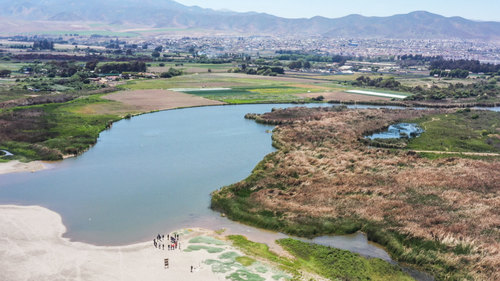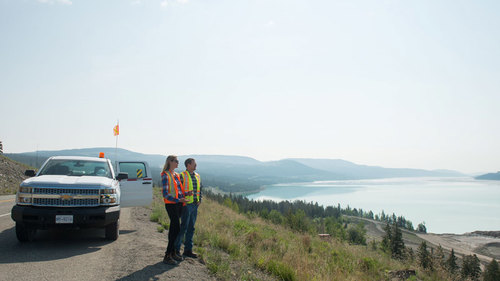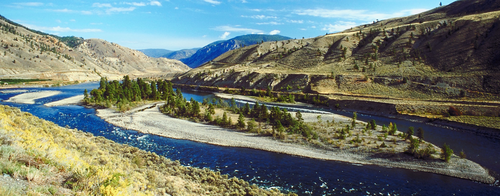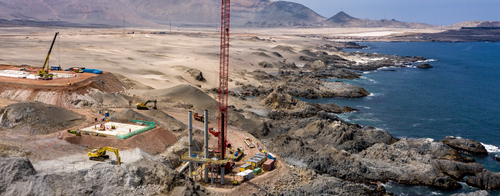
Water Stewardship
This position statement sets out ICMM members’ approach to water stewardship. Water stewardship is the use of water in ways that are socially equitable, environmentally sustainable, and economically beneficial. Effective stewardship requires collaboration and concerted action from all parties, including government, civil society, business and local communities through inclusive stakeholder engagement
As outlined in our Water Policy, Teck is working to be a leader in water stewardship by moving beyond compliance and towards collaborative water management practices that focus on sustaining and restoring water resources. Our approach to water management is based on three key elements: protecting water quality, improving water use efficiency and engaging collaboratively within our watersheds. Wherever possible, we work to “keep clean water clean”, but we realize that impacts can occur; as such, our water management approach aims to limit and/or remediate those impacts
Improving Water Use Efficiency
We continuously work on optimizing our water use and thereby minimizing our impact. Each of our operations has completed a water management plan and a site-wide water balance, which are central components for improving our water use efficiency. We are focused on reducing our fresh water intake and maximizing the reuse of water to reduce impacts on water availability at our operations in water scarce regions.
Water Management Plans (WMPs)
Each operation maintains a WMP, which is a central aspect of our water management strategy. WMPs are updated annually in conjunction with the update of each operation’s water balance. The plans describe how the operation fits into the local watershed and its associated regulatory context. WMPs also describe how water is managed now and in the future, in order to:
-
Contribute to meeting our water goals
-
Provide direction and strategy to address water management risks and challenges
-
Establish how water management infrastructure performance will be monitored and reviewed
Water Balances
Site-wide water balances provide an understanding of water inputs, consumption, and reuse/recycle and discharge volumes at each operation. Water balances are used as a decision-making tool to assess water management alternatives, to evaluate an operation’s water management performance and to provide water data for our company-wide reporting. Understanding our water balance is key to improving water management practices and to enabling better decision-making.
Protecting Water Quality
A key component to how we manage water quality at each operation is to ensure compliance with applicable standards, regulations and permits. The other key component, beyond compliance, is undertaking aquatic life and ecosystem assessments that use scientifically rigorous evaluations and projections for ecosystem health.
Our practices include frequent monitoring of existing and reference conditions, and planning for future conditions, so that we can mitigate current and potential risks. As part of our practices, we report on water quality measurements and trends to relevant authorities, and adaptively manage our activities.
Each region has specific water quality considerations. For example, we actively manage water quality in the Elk Valley region of British Columbia where Teck operates five steelmaking coal operations, and we are implementing a groundwater remediation plan at our Trail Operations in British Columbia.
Engaging Collaboratively within our Watersheds
Access to clean and sufficient water by users in our areas of influence is important to us and to our stakeholders. When implementing our water management practices, we consider and engage with other water users in the watersheds to promote water stewardship at all of our operations. As part of this process, we are incorporating the approach defined in ICMM’s guide to catchment-based water management to identify, evaluate and respond to water-related risks and opportunities in our watersheds.
One example of a watershed-based approach is in the Elk Valley, where five of our steelmaking coal operations are located, and where we actively engage stakeholders in the implementation of the Elk Valley Water Quality Plan. Another example is at our Chilean operations where water is scarce: we have an ongoing dialogue with local partners and community members regarding water supply.
Our work in this area is externally verified by an independent third-party every year. Learn more in our sustainability report.





.png)





